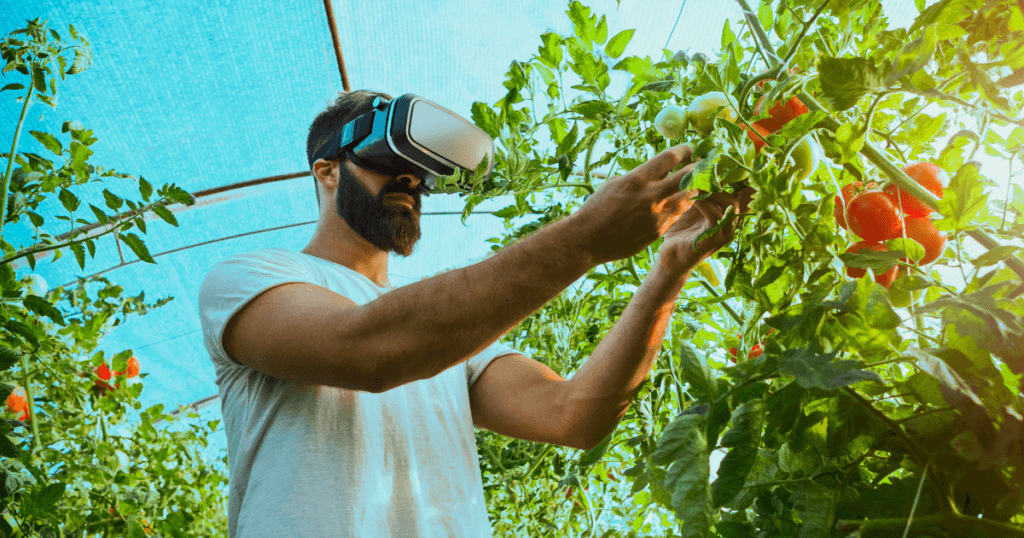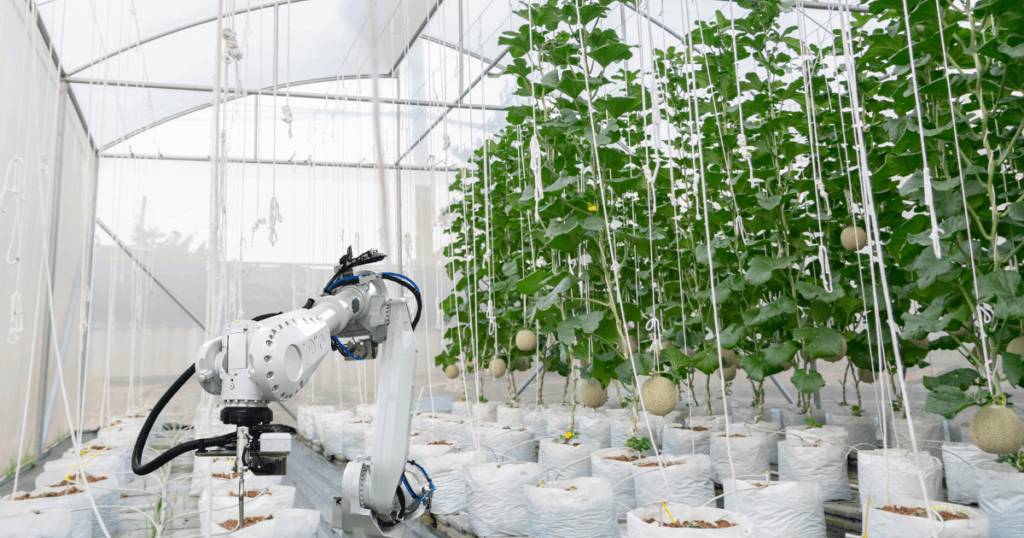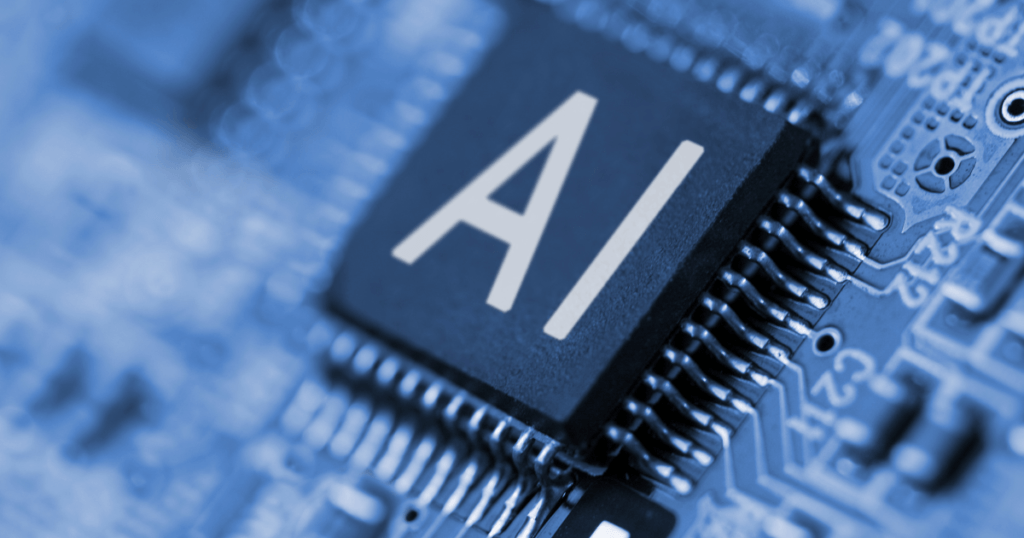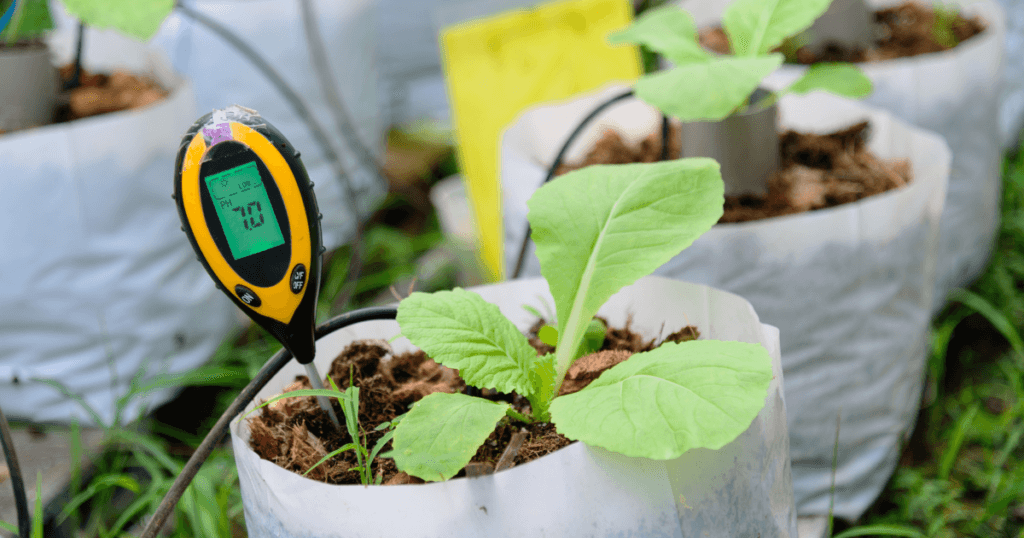ENHANCING INDOOR FARMING WITH MACHINE VISION: UNLOCKING PRECISION AND EFFICIENCY

Indoor farming, also known as controlled environment agriculture (CEA), has emerged as a promising solution to overcome the challenges of traditional farming methods. By harnessing technology, specifically machine vision, indoor farming has taken a giant leap forward regarding precision, efficiency, and sustainability. This article delves into the world of machine vision and its significant impact on the indoor farming industry. From the benefits of using advanced imaging and sensing technologies to optimizing plant health and resource management, we explore how machine vision revolutionizes indoor farming practices.
Table of Contents
Understanding Machine Vision in Indoor Farming
What is Machine Vision?
Machine vision refers to using imaging and sensing technologies, combined with artificial intelligence and data analytics, to enable machines to perceive, analyze, and understand visual information. By replicating human vision and integrating it with advanced algorithms, machine vision systems can process vast amounts of data and make informed decisions in real time.
The Role of Machine Vision in Indoor Farming
Machine vision has become an invaluable tool in indoor farming, enhancing the cultivation of crops by providing precise monitoring, analysis, and control of various parameters. By leveraging advanced imaging and sensing technologies, indoor farms can achieve unprecedented efficiency and productivity. Let’s explore some key areas where machine vision plays a pivotal role.
Monitoring and Analysis of Plant Health
Early Detection of Plant Diseases
One of the primary benefits of machine vision in indoor farming is its ability to detect and diagnose plant diseases early. By continuously monitoring plants through high-resolution cameras and specialized sensors, machine vision systems can identify subtle changes in plant appearance, such as discolouration, leaf wilting, or unusual growth patterns. These systems can analyze and compare the captured images to a vast database of known plant diseases, enabling early detection and prompt intervention.
Nutrient Deficiency and Stress Detection
Machine vision technology can also monitor the nutritional status of plants, ensuring they receive the optimal amount of essential nutrients. By capturing images of plants at different growth stages, machine vision systems can analyze leaf colour, texture, and size variations, indicating potential nutrient deficiencies or stress. This data-driven approach enables farmers to precisely adjust nutrient levels, preventing yieldThe amount of crop or harvest produced from a given area or ... More loss and optimizing plant health.
Precision Crop Management

Automated Plant Growth Optimization
Machine vision technology enables indoor farmers to monitor and control environmental parameters for optimized crop growth closely. By integrating sensors and cameras with intelligent algorithms, machine vision systems can assess factors like temperature, humidity, light intensityThe level of brightness or luminous flux of light reaching a... More, and CO2 levels in real time. This data enables automated adjustments to create an ideal growth environment, ensuring plants thrive and achieve their maximum potential.
Efficient Resource Management
Machine vision systems enable indoor farmers to minimize resource wastage and improve efficiency. By precisely monitoring water usage, nutrient application, and energy consumption, these systems provide actionable insights for resource optimization. This level of precision reduces costs, enhances sustainability, and minimizes environmental impact.
Crop Quality and Yield Enhancement
Sorting and Grading of Produce
Machine vision systems excel at grading and sorting harvested crops based on quality, size, and other parameters. High-resolution cameras and intelligent algorithms analyze the visual characteristics of each produced item, ensuring consistent quality control and optimizing market value. By automating this process, indoor farmers can significantly reduce labour costs and increase overall efficiency.
Yield Prediction and Optimization
Machine vision technology can also help indoor farmers predict and optimize crop yields. Machine vision systems generate accurate yieldThe amount of crop or harvest produced from a given area or ... More predictions by analyzing historical data, growth patterns, and environmental conditions. This information enables farmers to maximize planting schedules, adjust cultivation techniques, and make informed decisions to maximize overall yieldThe amount of crop or harvest produced from a given area or ... More.
Conclusion
Machine vision is revolutionizing the indoor farming industry by unlocking precision and efficiency in crop cultivation. The advanced imaging and sensing technologies associated with machine vision empower farmers to monitor and analyze plant health, optimize resource management, and enhance crop quality and yieldThe amount of crop or harvest produced from a given area or ... More. As indoor farming continues to gain traction as a sustainable solution to global food production challenges, the integration of machine vision will play a vital role in ensuring its success. By embracing this cutting-edge technology, farmers can unleash the full potential of indoor farming and contribute to a more sustainable and resilient agricultural future.
Machine Vision in Indoor Farming FAQ
Q1: What is machine vision in the context of indoor farming?
Machine vision in indoor farming refers to the use of computer vision and image processing techniques to analyze and interpret visual data from cameras or sensors placed in an indoor farm environment. It enables automated monitoring, analysis, and control of various aspects of plant growth and health, such as detecting diseases, measuring plant growth parameters, and optimizing resource usage.
Q2: How does machine vision help in indoor farming?
Machine vision helps in indoor farming by providing real-time and accurate insights into plant health, growth, and environmental conditions. It can detect diseases and pests early, optimize irrigation and fertilization, monitor plant growth parameters, and automate tasks like harvesting. By leveraging machine vision, indoor farmers can make data-driven decisions, improve crop quality and yieldThe amount of crop or harvest produced from a given area or ... More, and reduce resource waste.
Q3: What types of data can be collected using machine vision in indoor farming?
Machine vision in indoor farming can collect various types of data, including plant health indicators (e.g., color, texture, and shape of leaves), growth parameters (e.g., height, width, and leaf area), environmental conditions (e.g., temperature, humidity, and light intensityThe level of brightness or luminous flux of light reaching a... More), and pest and disease occurrences. These data points can be analyzed to identify anomalies, optimize plant growth, and predict potential issues.
Q4: Are there any challenges in implementing machine vision in indoor farming?
Implementing machine vision in indoor farming comes with certain challenges. Some of the common challenges include selecting the right cameras and sensors, designing an efficient data collection and storage infrastructure, developing robust algorithms for image analysis and interpretation, handling variations in lighting and plant appearance, and integrating the machine vision system with other farm management technologies. Overcoming these challenges requires expertise in computer vision, data analytics, and domain knowledge of indoor farming.
Q5: What are the benefits of using machine vision in indoor farming?
The benefits of using machine vision in indoor farming are numerous. It allows for early detection and treatment of plant diseases, improves resource efficiency by optimizing water and fertilizer usage, automates labor-intensive tasks, enables precise monitoring and control of environmental conditions, helps in achieving higher crop yields and quality, and facilitates data-driven decision-making for farm management. Overall, machine vision contributes to the sustainability and productivity of indoor farming operations.
Useful Resources Related to Machine Vision in Indoor Farming
- https://www.sciencedirect.com/science/article/pii/S2214317321000500
This is a great article on the Application status and challenges of machine vision in plant factories. - https://www.zivid.com/applications/3d-machine-vision-in-the-agriculture-industry
Zivid is a market-leading, pure-play provider of industrial 3D machine vision cameras and vision software for autonomous industrial robot cells, collaborative robot (cobot) cells and other industrial automation systems. - https://papers.ssrn.com/sol3/papers.cfm?abstract_id=3475324
This is a paper on using Machine Vision to track Fish within indoor farming systems.


